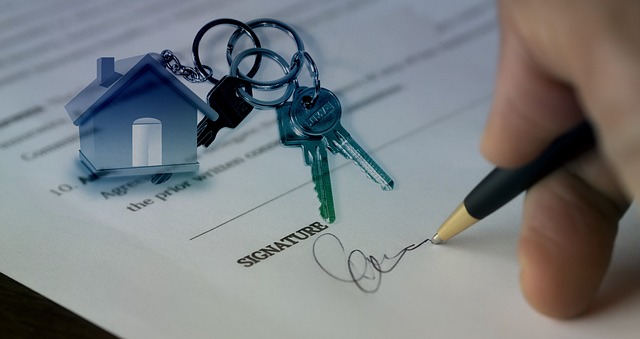Real estate success hinges on understanding client expectations throughout the property journey. Skilled agents manage these through clear communication and transparent updates. Digitizing documentation via online platforms streamlines processes, minimizing errors and delays. Effective post-closing communication guides clients through subsequent steps, using simple language and regular check-ins to ensure satisfaction.
Guiding clients through the complex real estate closing process is a crucial role for agents. This article offers valuable insights into three key strategies. First, we explore how to manage and exceed client expectations during this critical phase. Next, it delves into streamlining documentation, simplifying what can often seem like a daunting task. Finally, we uncover effective communication techniques for post-closing procedures, ensuring a smooth transition for your buyers and sellers.
Understanding Client Expectations During Closing

Understanding client expectations is a cornerstone in the closing process for real estate transactions. Throughout the journey, from initial property viewing to contract negotiation and finally signing papers, clients have varying hopes and concerns. Some buyers seek a seamless experience, focusing on securing their dream home, while sellers might prioritize a swift sale with minimal hassle. A skilled real estate agent must anticipate these expectations, ensuring each step aligns with the client’s goals.
This involves clear communication, addressing fears or doubts promptly, and providing transparent updates. By managing expectations effectively, agents foster trust, making the closing process less daunting for clients. It’s about guiding them through what to expect, ensuring they feel empowered and well-prepared as they finalize one of the most significant transactions in their lives.
Streamlining Documentation and Paperwork Process

In the real estate sector, streamlining the documentation and paperwork process is vital for a smooth closing experience. Many traditional methods involve mountains of paperwork, which can be overwhelming and time-consuming for both clients and agents. Modern solutions, however, aim to digitize and simplify this aspect of the closing process. Online platforms and document management systems enable efficient organization, storage, and sharing of important documents.
By utilizing these tools, clients can easily access and fill out forms digitally, reducing the need for physical copies. This not only saves time but also minimizes errors and ensures that all required paperwork is completed accurately. Additionally, digital documentation facilitates faster communication between stakeholders, allowing for quicker turnarounds and an overall more efficient closing procedure.
Effectively Communicating Post-Closing Procedures

Effective communication is key to a smooth post-closing experience in real estate. After the initial excitement of the closing process, it’s crucial to guide clients through the subsequent steps to ensure they feel supported and well-informed. This involves clearly articulating what to expect in the days and weeks following the closing, including any necessary actions from the buyer or seller.
Provide detailed instructions on matters such as utility transfers, change of address notifications, and property maintenance routines. Utilize a client-friendly language to avoid jargon, ensuring every aspect is transparent and understandable. Regular check-ins post-closing can also enhance client satisfaction by offering an opportunity to address any concerns or questions that may arise during the transition period.






